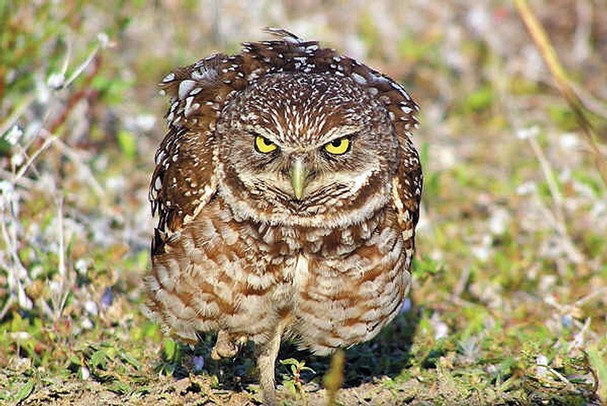All of this trace evidence told us the alligators could switch from aquatic to terrestrial predation if necessary, like a shark deciding it was going to turn into a lion. This surprising behavioral transformation and adaptability in alligators was made possible through their dens, which during times of environmental change became all-purpose hunting lodges.The bigger picture behind these everyday observations of many holes in the ground, however, is that the long history of these burrowing invertebrates completely altered global environments, from the deepest sea to the highest mountains, and even affected the atmosphere and climate. In short, the entire surface of our planet is built upon one big complex and constantly evolving burrow system, controlling the nature of our existence.
Of the 55 mammal species in the area of Mount St. Helens in May 1980, only 14 survived the volcanic eruption and its collateral damage. Surface-dwelling elk, deer, black bears . . . and all other large-to medium-size mammals perished. On the other hand, nearly all the small mammals that lived were burrowing rodents . . . One of the few non-rodent survivors was the tiny Trowbridge’s shrew (Sorex trowbridgii), which (not coincidentally) is also a burrower. Pocket gophers are active year round, but many other small-mammal species were both underground and still hibernating when the eruption took place. The fortuitous timing of this disaster at the transition between winter and spring thus greatly enhanced the chances of these minutest of mammals to emerge and thrive. Of the rodents that had already come out of hibernation, nocturnal species were doubly lucky to have already retired for the day in their burrows when the blast occurred. Had the volcano erupted at night, many more would have died.
For the pocket gopher populations that survived the eruption of Mount St. Helens in 1980, their collective actions were the key to turning a desolate, monochromatic landscape back into a vibrant and verdant one. From a geological perspective, their effects were astoundingly quick, with partial ecological restoration apparent within just five years of the eruption. Consequently, pocket gophers and other burrowing animals that lived beyond May 18, 1980, send a powerful message about the benefits of burrows for surviving such an ecologically traumatic events, as well as for their role in restoring an ecosystem after it is nearly destroyed.
